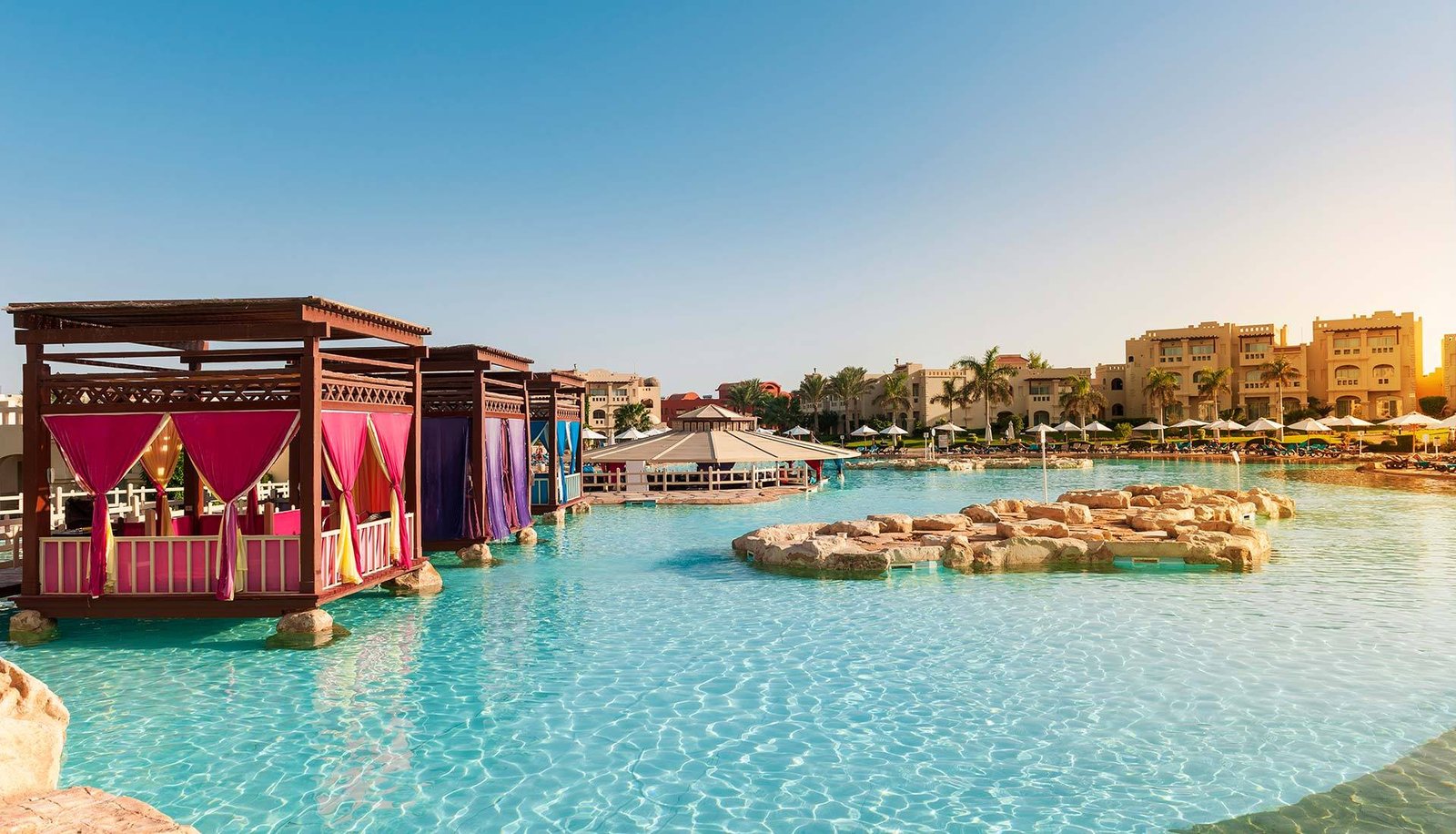
History
Ancient history and settlement.
Sharm el-Sheikh was uninhabited throughout most of historical time due to its prohibitive climate, but it gained modern importance because of its strategic situation commanding the narrow entrance to the Gulf of Aqaba. The entrance is 14 miles (23 km) northeast of Sharm el-Sheikh’s bay, at the Strait of Tiran. The strait, which is blocked by islets and coral reefs, is hemmed in by the Raʾs Naṣrānī cape on the west and by Tiran Island on the east. After Israel’s War of Independence (1948–49), Egyptian guns were installed in the area to prevent shipping from reaching Elat, Israel’s only port on the Gulf of Aqaba.

Geography
Sharm El Sheikh city, with Naama Bay, Hay el Nour, Hadaba, Rowaysat, Montazah and Shark’s Bay form a metropolitan area.
Before 1967, Sharm El Sheikh was little more than an occasional base of operations for few local fishermen; the nearest permanent settlement was in Nabk, north of Ras El Nasrani (“The Tiran Straits”). Commercial development of the area began when the Israelis built the settlement of Ofira, overlooking Sharm El Maya Bay and the Nesima area, and opened the first tourist-oriented establishments in the area at Naama Bay, six kilometres (4 mi) to the north. These included a marina hotel on the southern side of the bay, a nature field school on the northern side, diving clubs, a promenade, and the Naama Bay Hotel.


